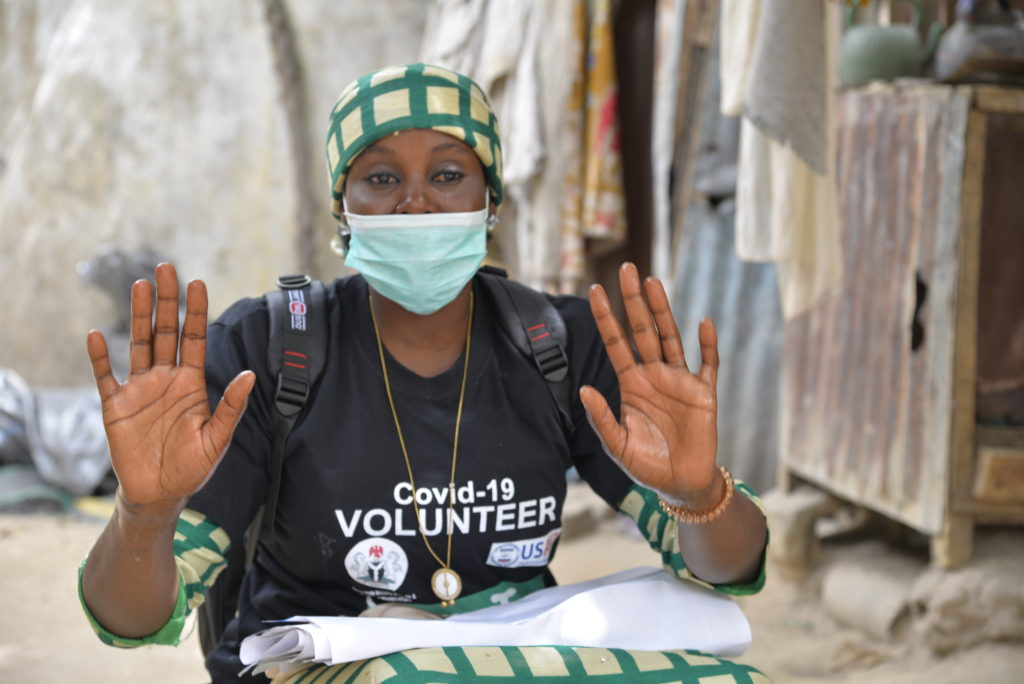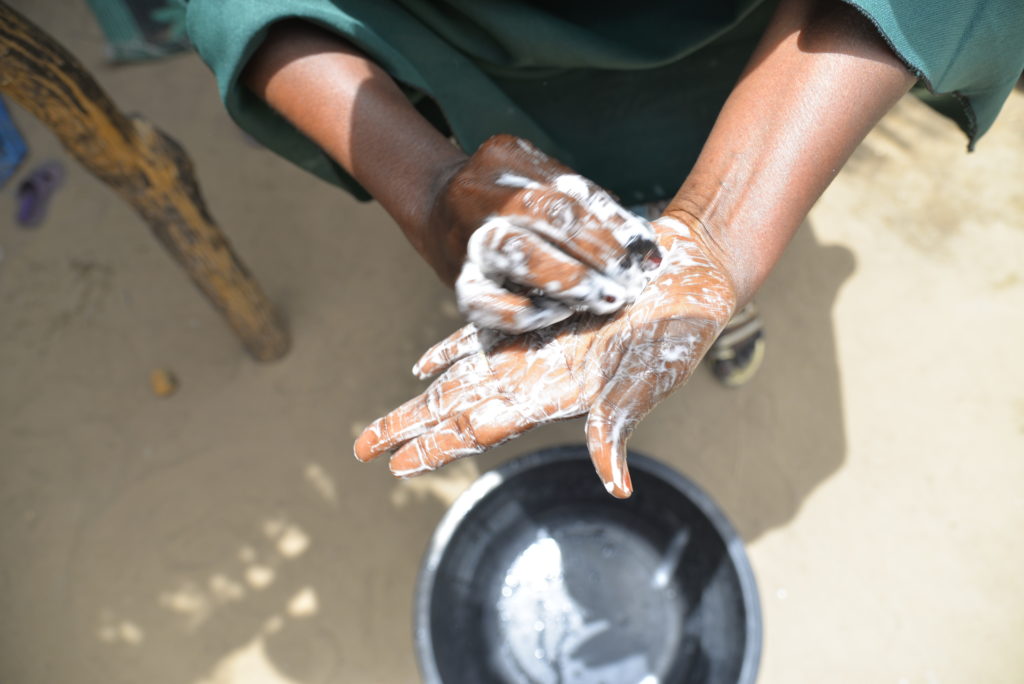For more information and updates about Creative and our programs’ response to COVID-19, click here.
During the height of HIV/AIDS, the development community saw many of the gains women were just starting to make in education and paid labor start to shrink as girls were withdrawn from school and women withdrew from the formal labor force to take care of infected household members. Caring for the sick and dying is hard work, and you sacrifice your day job to do it.
Those of us promoting gender equality spoke of programming that sought to “shift the burden of care,” a development term for bringing men into sharing the responsibilities of household and care work. While such efforts were not in vain, it is fair to say that in much of the world the notion did not take off.
The current COVID-19 pandemic gives the development sphere another reality check in which to assess the gender norms traditionally assigned to women and men. As an article in The New York Times aptly noted, “Societies rarely take stock of the value of unpaid care work unless there is a disruption in the supply.”

Women’s invisible labor
Since the very first United Nations’ Women’s Conference in Mexico City in 1975, and every subsequent conference, advocates have called for nations to recognize women’s unpaid domestic labor and include it in their national accounts.
This year, a study by Oxfam estimated that if U.S. women were paid minimum wage for the hours they spent doing care work—housework, shopping for necessary goods, preparing meals, performing child care, tending to the sick and elderly, etc.—they would have made $1.5 trillion last year. Globally, women would have earned $10.9 trillion.
That’s a tidy sum that, as The New York Times estimates, “exceeds the combined revenue of the 50 largest companies on last year’s Fortune Global 500 list, including Walmart, Apple and Amazon.” Yet this work in the “care economy” is not factored into nations’ GDP nor other national accounts, thus remaining invisible.
The failure to acknowledge this work as work not only allows the world to overlook the actual contribution that women make to the economy, but it obscures both the opportunity costs that women incur in performing this work and the market replacement amount that women would otherwise earn if their services were purchased on the open market. In short, it obfuscates the fact that most emerging and developed economies are premised on someone at home performing these tasks – and that someone is usually a woman.

An opportunity: will we advance or regress in the fight for equality?
As devastating as the COVID-19 pandemic is, one silver lining might be an increased recognition of women’s work in the care economy. Though in many Western countries there is now more equitable sharing of the burden of care, it is still far from perfect, and COVID-19 will test how far we’ve come. As schools and day-care centers are sending children home, someone, who more often than not is active in the labor force, must take care of them. Couples will decide who bears the brunt of that burden, and since statistically men are the higher earners, that may again fall to women. And when families go from two pay checks to one, suddenly the market replacement costs of childcare become obvious.
And looking outside of the West, in so many other parts of the world where traditional gender norms assign women the primary function of caregiver and men the role of provider, the burden of care has not shifted. As the COVID-19 pandemic continues to unfold, not only are we likely to see the withdrawal of women from the paid labor force, as they make up the vast majority of the world’s teachers and care-givers, but also more stress placed on women and girls who will likely be the ones expected to give up their jobs first to care for children or the sick.
But in this, there may be an opportunity. Social and behavior change messaging will be needed to continue informing citizens about the virus, and this messaging can also encourage men to step up to the plate and shoulder a greater share of the care work. It is only when men start assuming a larger role in the care economy will “care work” be recognized as “real work.” Furthermore, COVID-19-related implementation adjustments need to be made through a gender lens as much as a public health one to protect the advances women are making around the world.
For a society that has long shied away from acknowledging care work, COVID-19 might be an opportunity to have it recognized and valued in the household, in the community and in national accounts for what it is – hard work that undergirds entire economies. As global development practitioners, if we miss the opportunity to make this point, we will likely be discussing it yet again, at the next United Nations’ Conference on Women.
Rebecca Sewall is the Senior Advisor for Gender and Social Inclusion, responsible for designing and institutionalizing Creative’s technical approach to gender and social inclusion.


